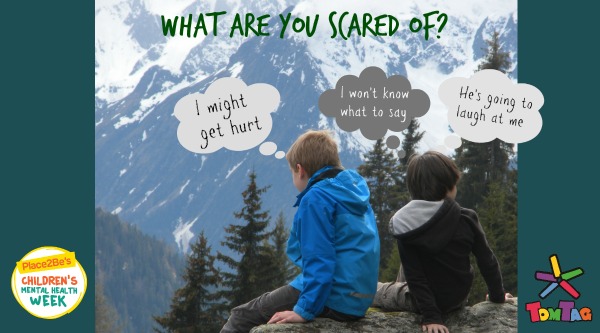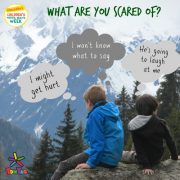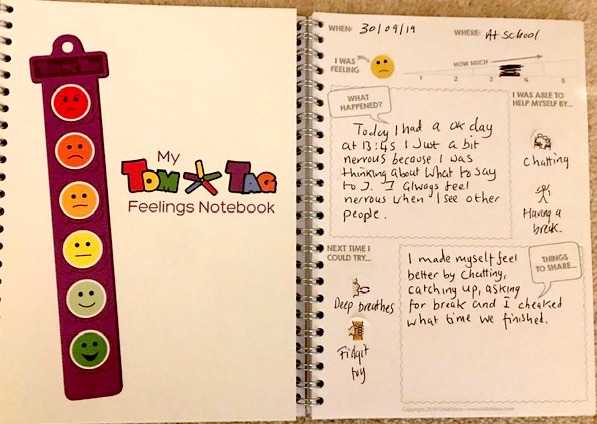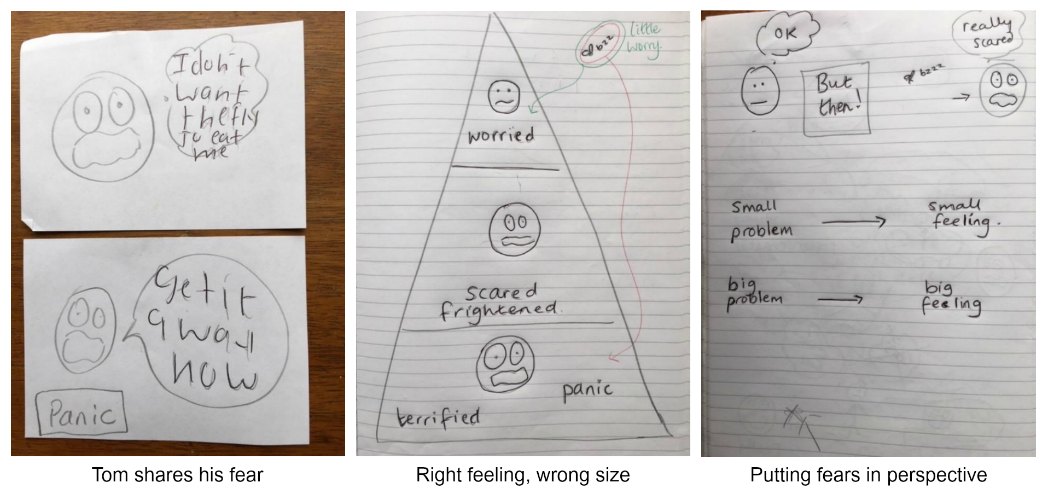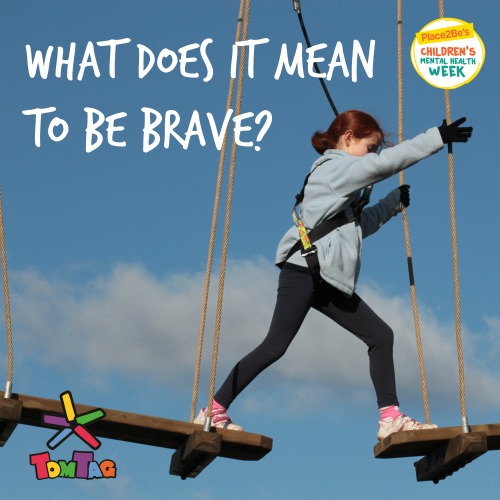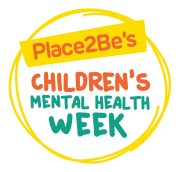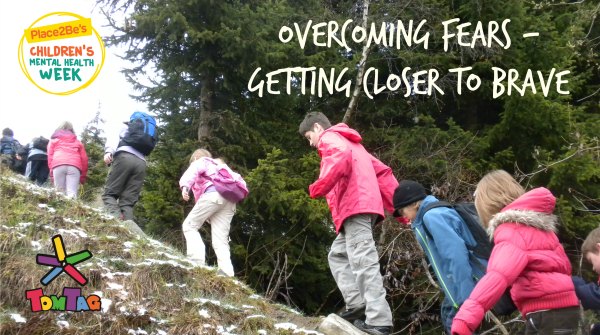
Finding your brave – Children’s Mental Health Week
Day 3: What does ‘finding your brave’ mean for a child with autism?
We’ve introduced the idea of what bravery means and why being brave can make us feel good and looked at ways to help your child identify and understand their barriers to being brave (what are you scared of?).
Now it’s time for some action! Let’s look at some ways you can support your child to help them overcome some of their fears and get closer to finding their brave.
Overcoming fears – getting closer to brave
Feeling worried about the unknown or new situations is common and familiar to almost all of us.
For many children with autism, normal daily life can feel like the great unknown every day. If you’re worried about what’s going to happen, struggle with anxiety around people and social situations or can’t communicate what you want or need, every single day can feel scary and overwhelming. It’s very hard to ‘find your brave’ when you’re in a constant state of anxiety. Being scared and anxious is exhausting and can often lead us into more complex mental health problems.
There are strategies we can use to deal with these uncertainties and ways to learn skills that can help combat anxieties. It’s time to meet the superheroes – visual supports!!
Finding your brave – reducing uncertainty with visual supports
An intolerance of uncertainty is a common cause of anxiety for many children with autism, causing them to ‘act out’ or display other unwanted behaviours when their routines change or they are in unfamiliar situations.
A visual schedule or timetable takes away the element of surprise and makes it clear what your child can expect to happen. Their anxiety level will come down and it will be easier for them to transition between activities, finding their brave to move on.
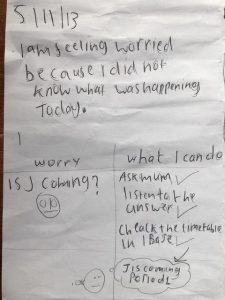 In this diary entry, Tom felt worried because he didn’t know whether his Speech and Language therapist was visiting him at school that day. By reminding him to check the timetable in his planner, Tom was able to reassure himself about when to expect to see his therapist.
In this diary entry, Tom felt worried because he didn’t know whether his Speech and Language therapist was visiting him at school that day. By reminding him to check the timetable in his planner, Tom was able to reassure himself about when to expect to see his therapist.
 Helping your child to ‘find their brave’ for unfamiliar or ‘scary’ situations – things like visiting the dentist, doctor or hairdresser – is eased by good planning and preparation. Using a visual tool like TomTag or a simple social story can help you to communicate and explain to your child what’s going happen before the event, reducing the uncertainty and consequent anxieties.
Helping your child to ‘find their brave’ for unfamiliar or ‘scary’ situations – things like visiting the dentist, doctor or hairdresser – is eased by good planning and preparation. Using a visual tool like TomTag or a simple social story can help you to communicate and explain to your child what’s going happen before the event, reducing the uncertainty and consequent anxieties.
Finding your brave – learning social skills with visual supports
Social cues can be difficult for many children with autism to understand as they interact with others. They get anxious about what is expected of them socially and can find if hard to interpret other people’s behaviour.
Visual prompts can be useful in teaching social rules such as sharing, taking turns and waiting. With practice and patience, children can learn to use these supports on their own in social situations, providing them with a permanent reminder of expectations and setting the stage for them to find their brave!
In the earlier example, Tom was worried about his speech therapist being late. Using drawings, we reminded him about the concept of waiting. Knowing what was expected of him in this situation and giving him some self-help strategies (OT exercises) helped to calm him down.
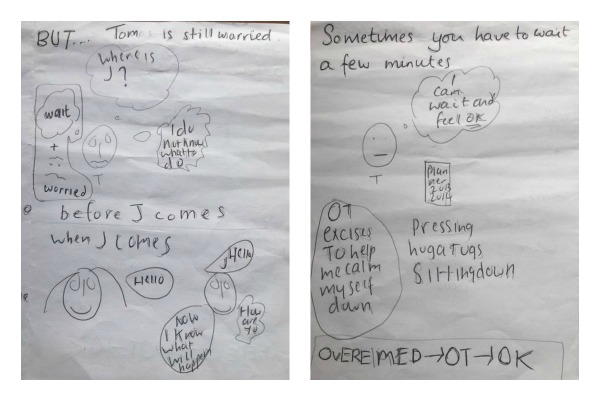
Finding your brave – communicating needs with visual supports
Sensory overload, changes to routine, difficulties processing information, being tired or hungry are all common triggers for anger and challenging behaviour. In these situations, it is almost impossible for a child to be brave.
Tom remembers what he sees rather than what he hears as he can’t process too many words at once. Ask him questions or give him instructions and his stress just increases – the more we talk, the less he hears! Offering children like Tom a non-verbal means of communication to use allows them to understand and express their feelings without the stress of having to process language at the same time.
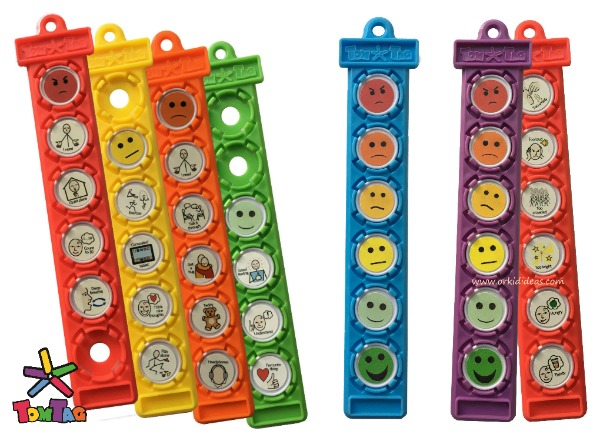
The TomTag Share how I feel visual feelings scale is one of our best sellers – and you can see why! It’s such a simple device but a very quick, effective and efficient way for your child to show or tell you how they are feeling. Once they’re learnt to identify and understand what each feeling means, you can use more detailed visual guides to build self-help strategies they can use to cope with different feelings and emotions, giving them the reassurance and confidence they need to find their brave.
Next: How does being brave make us feel?
The benefits and joys of finding your brave

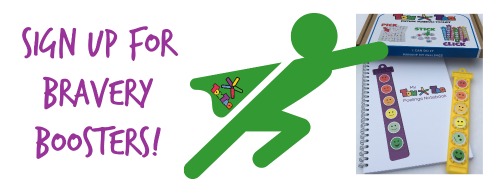
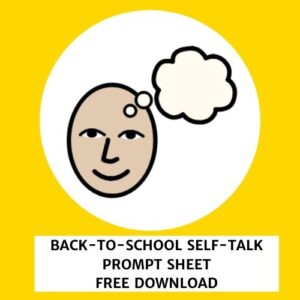
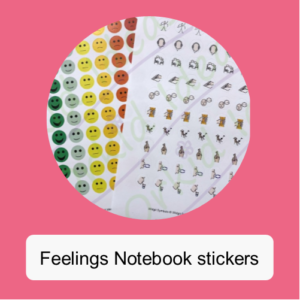
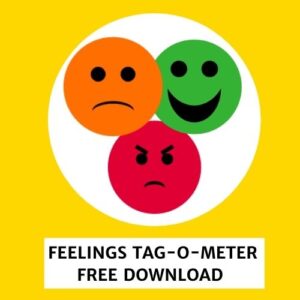
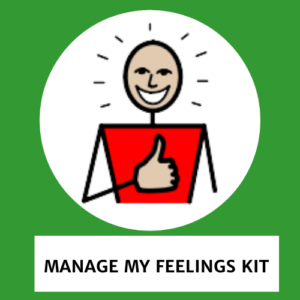
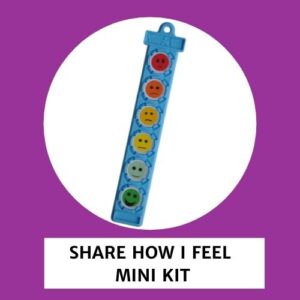
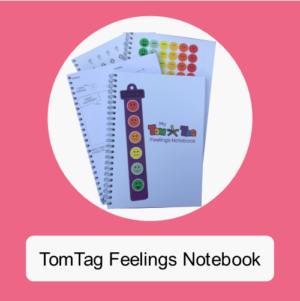
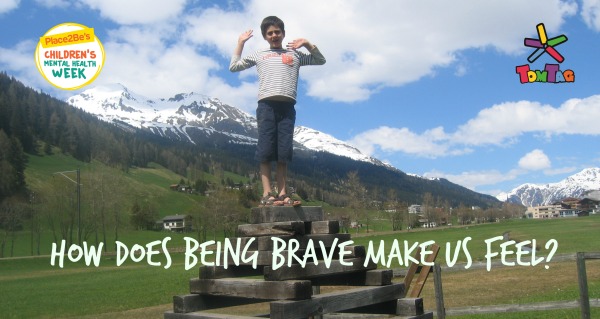
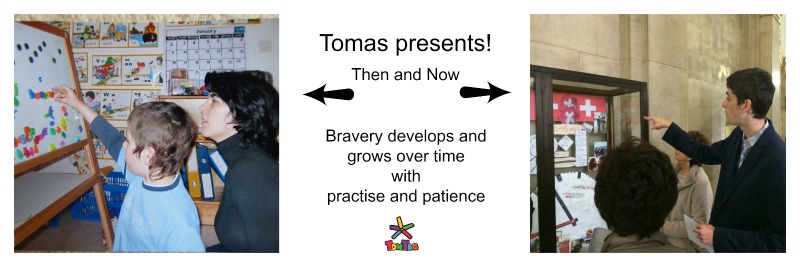


 Helping your child to ‘find their brave’ for unfamiliar or ‘scary’ situations – things like visiting the dentist, doctor or hairdresser – is eased by good planning and preparation. Using a visual tool like TomTag or a simple social story can help you to communicate and explain to your child what’s going happen before the event, reducing the uncertainty and consequent anxieties.
Helping your child to ‘find their brave’ for unfamiliar or ‘scary’ situations – things like visiting the dentist, doctor or hairdresser – is eased by good planning and preparation. Using a visual tool like TomTag or a simple social story can help you to communicate and explain to your child what’s going happen before the event, reducing the uncertainty and consequent anxieties.

